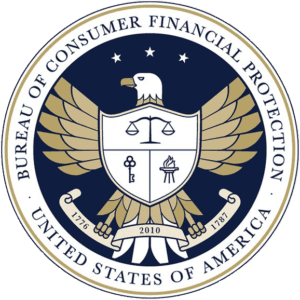The following is a guest post from Brendon Kensel, CEO, PrimaHealth Credit.
Much has been written about changes underway in the buy now/pay later market, from consolidation taking root to the possibility that it is “losing its luster.”
These perspectives fail to recognize that we are still in the early innings of buy now/pay later (BNPL) — and that its most transformative impact is largely still to come.
Indeed, BNPL is more critical than ever, especially in healthcare. It’s not a “nice to have;” it’s a must-have if we want to help more Americans access the health care they need.
Should we deny health care to the 160 million Americans with lower credit scores who can’t immediately finance their growing out-of-pocket healthcare expenses? Or the 25% of U.S. households that are uninsured or under-banked? If the buy now/pay later movement is vanquished, we will face dual health care and payment crises.
According to our surveys, more than 50% of patients who apply for credit to finance healthcare expenses are denied.
Our credit analytics engine helps us accurately analyze a patient’s ability to pay–allowing our clients to approve up to 90% of applicants through an effective BNPL program that extends support for healthcare expenses.
Consumers can responsibly finance needed procedures rather than expanding their credit card debt and prevent unnecessary ER visits down the road. Moreover, these programs help people build credit histories.
Related:
Pandemic accelerated need
According to Gallup, one-third of U.S. adults said they couldn’t afford health care even before the pandemic. The global Covid-19 pandemic further sparked a need for this new program, which supports patients across the credit spectrum.
Granted, retail applications may be experiencing a slowdown in their need for BNPL. However, it should be noted that consumers spent close to $100 billion on retail using buy now/pay later in 2021 – an increase of more than 300% over the previous year, according to Cornerstone Advisors.
BNPL often touted for its simplicity, represents about 10% of online purchases and may enjoy greater consumer regulation based on recent Consumer Financial Protection Bureau inquiries and interest.

Interestingly, a mashup of the retail and healthcare worlds is set to take off, which could affect consumers’ financing behaviors.
“To Fill Empty Retail Space, Landlords Tap Doctors and Dentists,” a recent New York Times article, shared landlords’ growing interest in welcoming healthcare clinics to storefronts, malls, and shopping centers decimated by the pandemic.
It stated that, by 2020, nearly seven in 10 adults were visiting a provider in such a setting, which further spotlights the importance of industry outreach and flexibility.
Let’s face it: Healthcare costs continue to skyrocket — we’re now paying average deductibles that exceed $1,600, according to the Kaiser Family Foundation — which makes installment loan financing more needed than ever. It’s a must-have for patients and the healthcare industry alike.
Buy now/pay later is hardly losing its luster. It supports millions of Americans in need of medical care–changing lives and saving lives.


